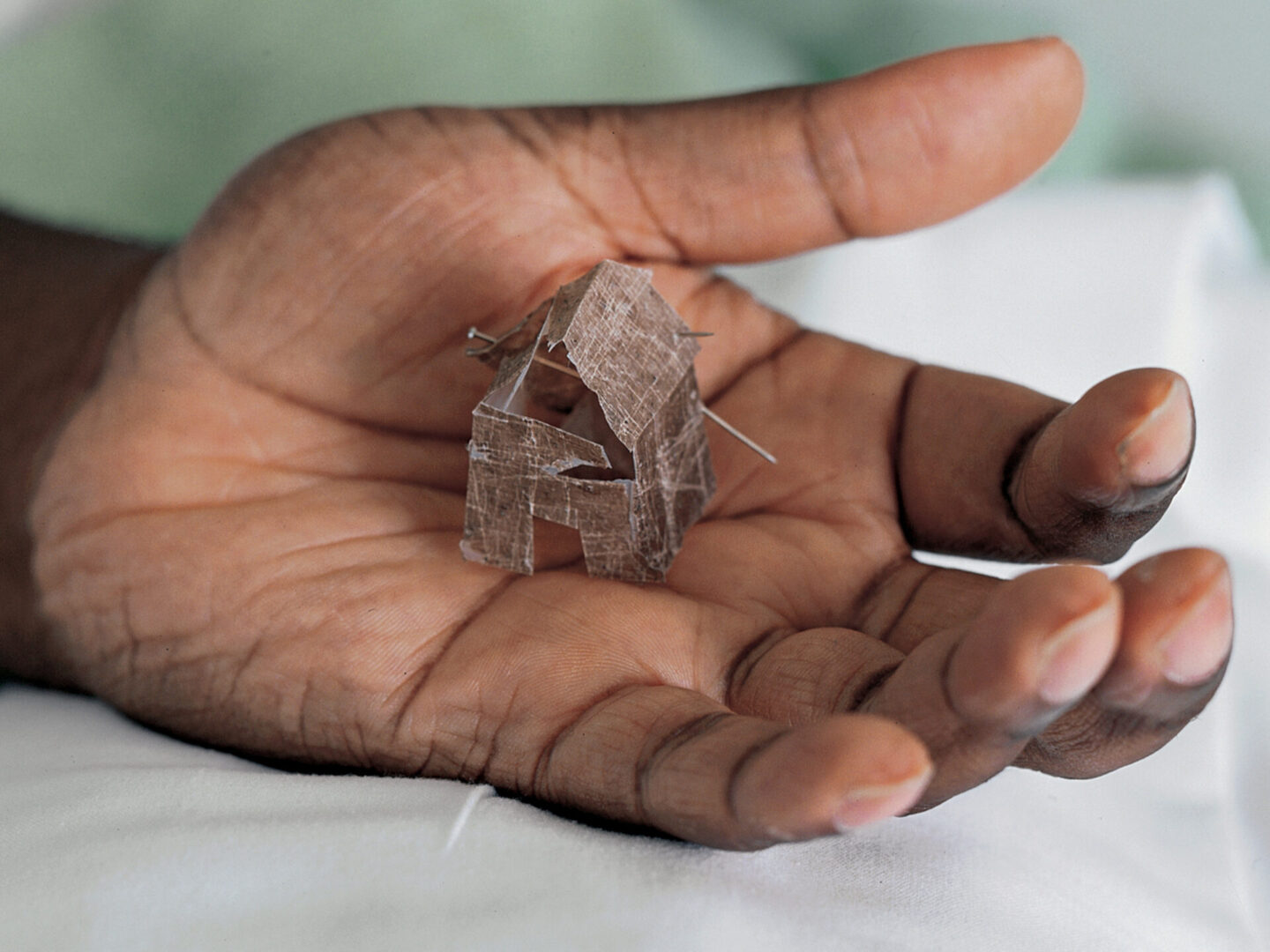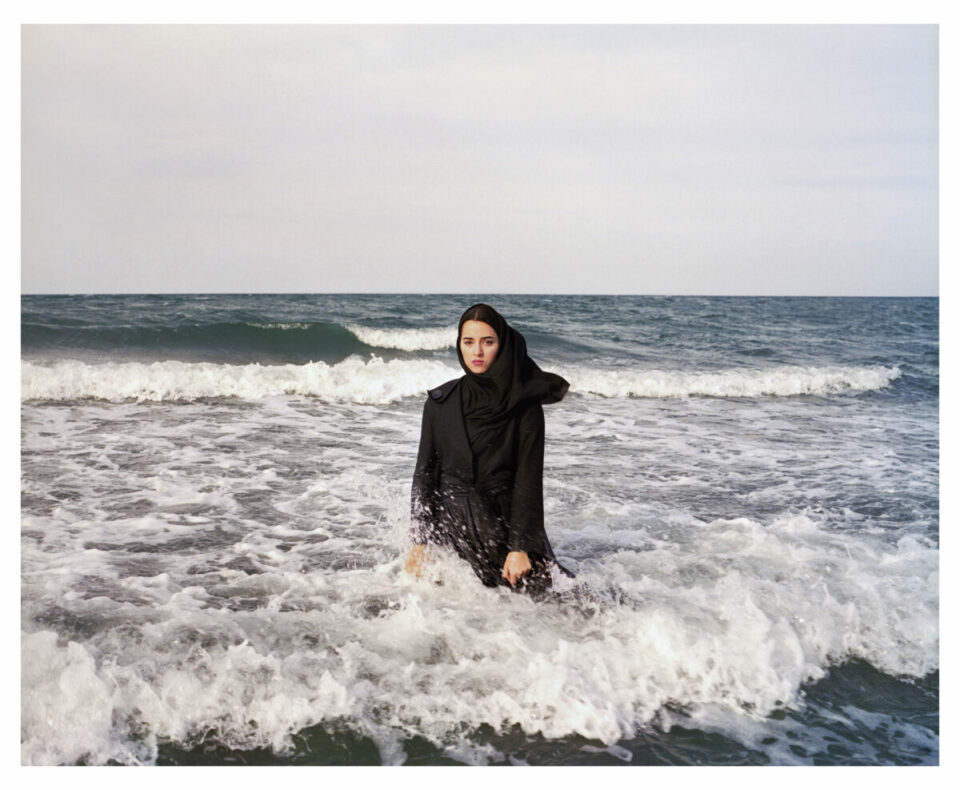Earlier this year, Hollywood actress Tilly Norwood made headlines when she began searching for an agent. She’s almost indistinguishable from many others aspiring to make it in the film industry, with one exception: she’s not real. Norwood is entirely AI generated. Eline Van der Velden, the designer behind the performer, spoke at a summit at Zurich Film Festival, expressing hopes that Norwood would “be the next Scarlett Johansson or Natalie Portman.” The character’s emergence sparked outrage amongst A-listers, many of whom see this is as a genuine threat to human creativity and secure employment. It has prompted responses from unions, like UK Acting Union Equity and SAG-AFTRA President Sean Astin, whilst headlines from the Los Angeles Times warn that “fake actor deepens anxiety over AI in Hollywood.”
This is just the latest moment in an ongoing debate about how society responds to the technological boom we have created. Countless artists, filmmakers and writers have grappled with the problem. Some are sympathetic, presenting a utopian vision of advancement and efficiency. More often, we receive a warning, whether that be in Alex Garland’s quiet thriller, Ex-Machina (2014) or, occasionally, a descent into full-blown camp horror, as in 2022 film M3GAN. A growing trend is that of a more meditative, philosophical question, asking where we draw the line of consciousness. This is the case in celebrated author Kazuo Ishiguro’s 2021 novel Klara and the Sun, which is told from the perspective of a solar-powered synthetic friend for a young child. Meanwhile, artists are testing the boundaries of how technology can enhance creativity, with figures like Refik Anadol using generative AI to transform datasets into immersive experiences. These discussions boil down to one existential question: who, or what, gets to be human?
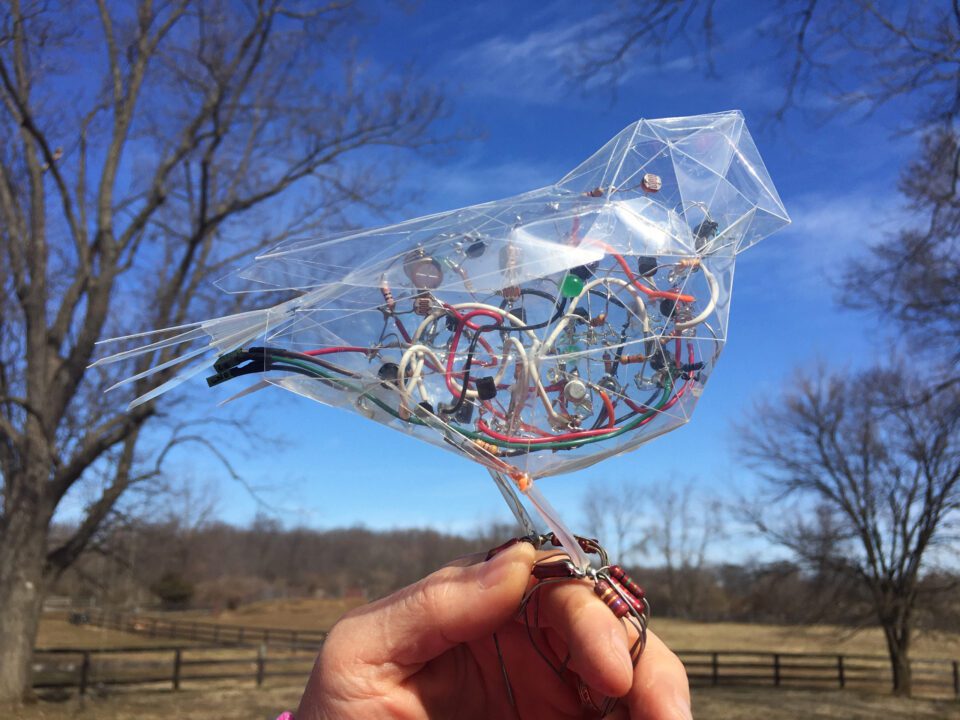
Alive, a new book from Thames & Hudson, approaches this query from the perspective of design, examining the knotty intersection where biology, robotics, AI, engineering and art collide. Author Madeline Schwartzman takes readers through nearly 150 fascinating projects, foregrounding artworks that test the boundary between living and non-living. The introduction describes this book as “a guide to the way our brain is changing.” It’s a bold claim, but the publication does cover vast and diverse territory, demonstrating the myriad of ways in which our perception of what it means to exist in this world has shifted.
Schwartzman makes it clear from the outset that this book does not set out to define life. That’s for the reader to determine. Instead, it offers a series of guidelines that can help our understanding of design in this new age. These are profound, philosophical conundrums. They get to the very heart of the human condition. “What makes us believe something is alive? Do we crave living things? Does our increased technological alienation produce a desire for embodiment? How does capitalism feed our craving for life?”
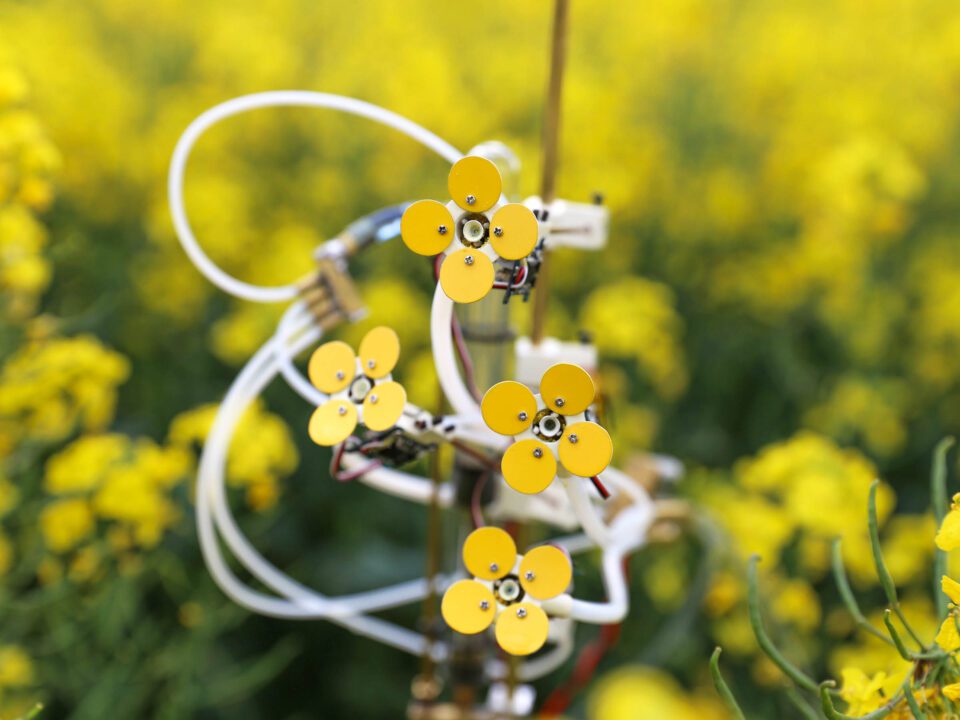
The book begins with an investigation of our instincts: we want to imbue things with meaning. Babies learn to tell the difference between animate and inanimate objects somewhere between four and 10 months old. Yet, we continue to feel an empathetic pull towards rocks, plants, buildings and even walls. It is natural to imagine that objects have sentience. In Species Series, artist Wonbin Yang plays on this desire. The artist unleashes a whole species of robot on Chicago, made out of the rubbish that is often found on streets but almost entirely ignored. A mangled umbrella danced in the rain. A Doritos bag sways on the pavement. An embodied newspaper walks along the curb. Similarly, Mexican artist Gilberto Esparza’s autonomous robots, called Urban Parasites, are technological creatures that feed of the electrical grid and move along urban highwires. Meanwhile, Kelly Lambert takes this in a different direction, considering how we respond to seeing animals in unusual settings. Schwartzman explains: “When we see a rat driving a tiny car it sets off a neurological response. What startles is the idea that driving, a strictly human activity, can be accomplished and enjoyed by other creatures. We are accustomed to ignoring the rats and other animals that live on the fringes of our environments, but when they perform complex technological interactions, they become less other and more embodies.”
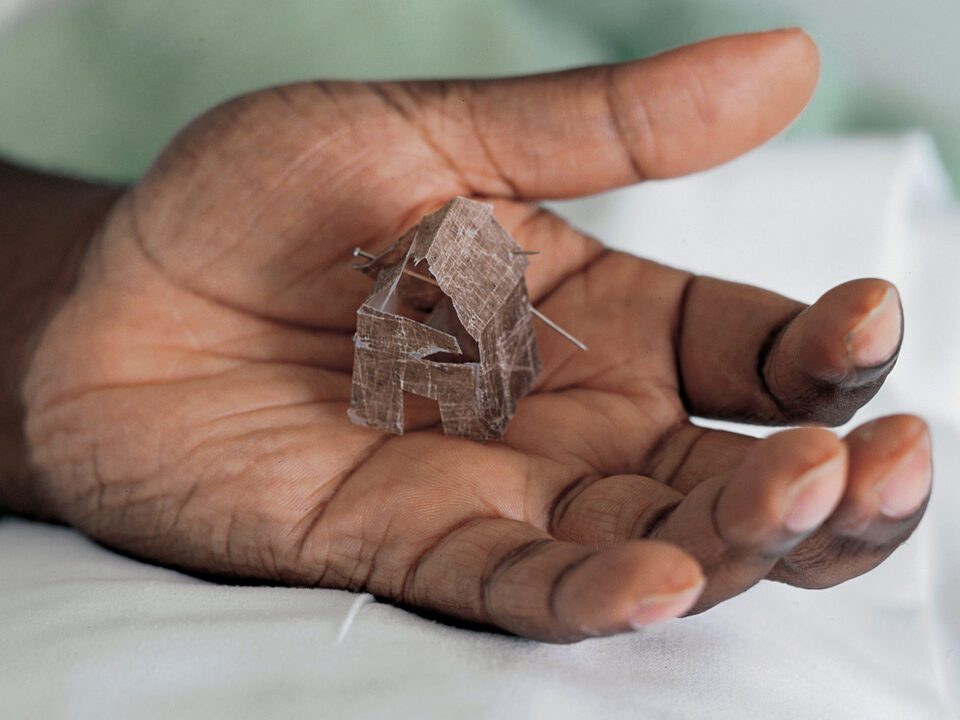
Schwartzman then moves readers through a sweeping overview of how science is breaking new ground in biology and, in real terms, redefining life. It’s a little overwhelming to wade through the sheer scale of progress, most of which is overlooked in day-to-day life. By the time readers reach the chapter titled “Change of State,” it’s focus on how design can prompt feelings of amazement is apt. The author writes: “This chapter is organised around large and small acts evoking awe, and a profound connection to the Earth as an entity … There are many speculations about the Earth in this time of ecological crisis, most significantly whether the Earth is alive. This book is about the perception of life, which is almost as important as actual life.” It’s a fascinating perspective on climate art, which is often at threat of feeling overdone to the point of prompting a certain level of fatigue in viewers. The artists featured foreground the environment as a living thing, drawing upon the instinct to preserve what is alive. One prime example is Julian Charrière, who cryogenically preserved a series of plant species that survived freezing during the Cretaceous period, only to suffer colonisation and the degradation of becoming office plants. It is an act that highlights how humanity has impacted the majesty of the natural world. Also referenced is Helen Evans and Heiko Hansen’s Nuage Vert, which materialises environmental issues using light and special effects, making the need for energy in contemporary art tangible.

The final section of the book tackles AI, opening with the statement: “digital life is having its own party, and it does not really matter if you attend.” This irreverent idea gets to the heart of our modern world – AI exists, the question is what we do with it. Schwartzman draws attention to the artists who are testing these boundaries. Jake Elwes diversifies facial recognition systems, typically trained on homogenous groups of people, further marginalising women of colour, trans people and other groups. He introduced 1,000 images of drag performers, allowing the software to produce an endless array of new fluid drag combinations with shifting genders and makeup combinations. Elsewhere, Stephanie Dinkins instils an intelligent chatbot, named Not The Only One (N’TOO), with oral histories from three generations of her own family. Storytelling is one of the cornerstones of what makes us human, and in transferring this ability to an avatar, Dinkins questions how long it is before we can no longer distinguish AI from one of our own.
We are already living in a world where life is no longer just a biological state but a perception, a projection or even a design choice. Definitions of what is alive are slippery and it is up to us, as society, to decide where we draw the line. The question is no longer of what technology can do, but instead about how we can learn to coexist with these inventions. In a world where the boundaries between human and machine grow ever more blurred, we must each ask ourselves: what – and who – do we believe is truly alive?
Alive: Synthetic cells, feral robots, rebellious AI, and the design of radical life is published by Thames & Hudson: Thamesandhudson.com
Words: Emma Jacob
Image Credits:
1&4. Donald Rodney, In the House of My Father, 1997 Photo Andra Nelkie Courtesy The Estate of Donald Rodney © The Estate of Donald Rodney.
2. Kelly Heaton, Transparent Bird, 2018 © Kelly Heaton.
3. Michael Candy, Synthetic Pollenizer, 2014–17 © Image courtesy the artist.
5. Michael Candy, Synthetic Pollenizer, 2014–17 © Image courtesy the artist.


